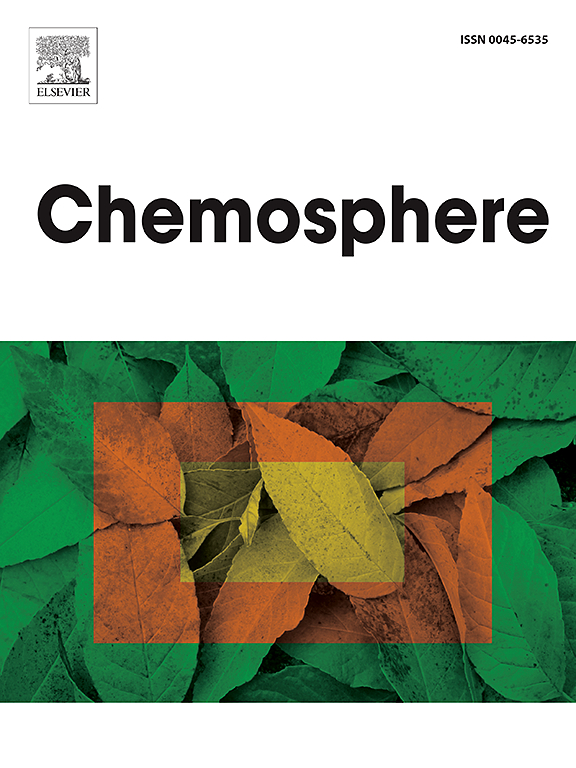Human exposure to PFASs in a contaminated area: associations between water and serum levels
IF 8.1
2区 环境科学与生态学
Q1 ENVIRONMENTAL SCIENCES
引用次数: 0
Abstract
Per- and poly- fluorinated substances (PFASs) are industrial chemicals which may exert toxic effects on humans. Widespread use, environmental mobility and persistence enabled these substances to spread and accumulate in the environment.
In this paper, we investigated the determinants of human exposure in a hotspot area characterized by PFAS water contamination. The area covers approximately 600 km2 and is inhabited by about 150000 people. We examined the relationship between water and serum PFAS concentrations. We estimated PFAS weekly intakes, serum to public drinking water ratios, and clearance factors, and analysed the influence of individual characteristics of participants in PFAS elimination.
Our results confirmed that water was a major source of PFAS exposure in the study area. For most participants, weekly PFAS intakes from water exceeded the tolerable weekly intake set by the European Food Safety Authority. Median serum to public drinking water ratios ranged from 5.3 to 1086 for the considered PFASs. Clearance rates were lower in males than in females, even after accounting for potential confounding factors. This sex difference in clearance rates supports the hypothesis that lower PFAS levels in females may be due to faster elimination.
Our findings contribute to a better understanding of human exposure to PFASs through water and can support the refinement of prevention and remediation strategies.

人类在污染地区暴露于全氟辛烷:水和血清水平之间的关系
全氟和多氟物质(PFASs)是可能对人体产生毒性作用的工业化学品。广泛使用、环境流动性和持久性使这些物质在环境中传播和积累。本文研究了PFAS水体污染热点地区人体暴露的影响因素。该地区面积约600平方公里,约有15万人居住。我们检查了水和血清PFAS浓度之间的关系。我们估计了PFAS的周摄入量、血清与公共饮用水的比例和清除因素,并分析了参与者个体特征对PFAS消除的影响。我们的研究结果证实,水是研究地区PFAS暴露的主要来源。对于大多数参与者来说,每周从水中摄取的PFAS超过了欧洲食品安全局规定的每周可容忍摄入量。考虑到PFASs,血清与公共饮用水的中位数比值为5.3至1086。即使考虑到潜在的混杂因素,男性的清除率也低于女性。这种清除率的性别差异支持了一种假设,即女性体内较低的PFAS水平可能是由于清除速度更快。我们的研究结果有助于更好地了解人类通过水接触全氟辛烷磺酸,并可以支持改进预防和补救策略。
本文章由计算机程序翻译,如有差异,请以英文原文为准。
求助全文
约1分钟内获得全文
求助全文
来源期刊

Chemosphere
环境科学-环境科学
CiteScore
15.80
自引率
8.00%
发文量
4975
审稿时长
3.4 months
期刊介绍:
Chemosphere, being an international multidisciplinary journal, is dedicated to publishing original communications and review articles on chemicals in the environment. The scope covers a wide range of topics, including the identification, quantification, behavior, fate, toxicology, treatment, and remediation of chemicals in the bio-, hydro-, litho-, and atmosphere, ensuring the broad dissemination of research in this field.
 求助内容:
求助内容: 应助结果提醒方式:
应助结果提醒方式:


